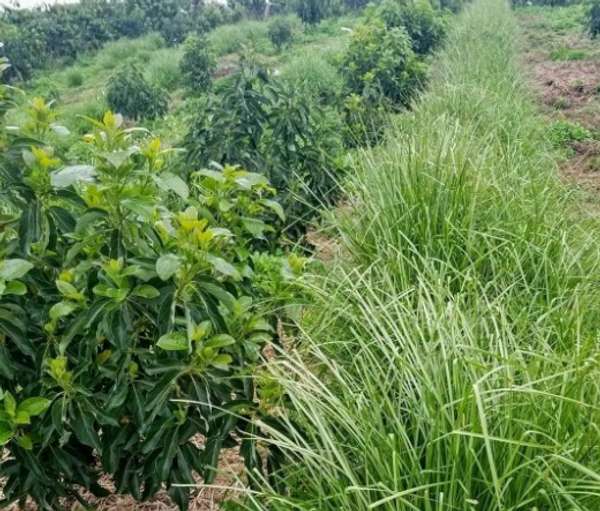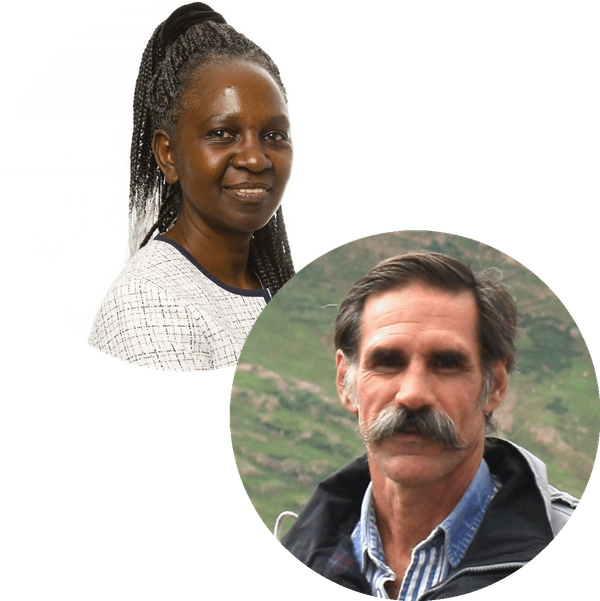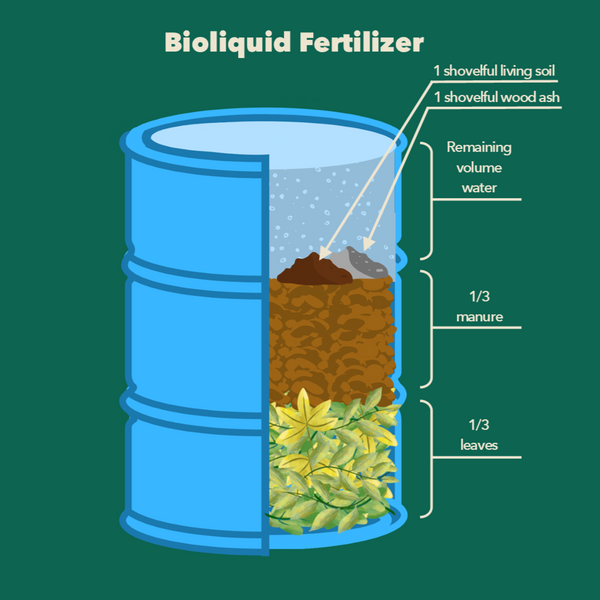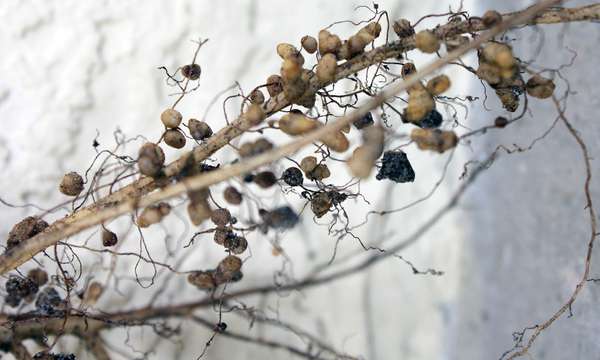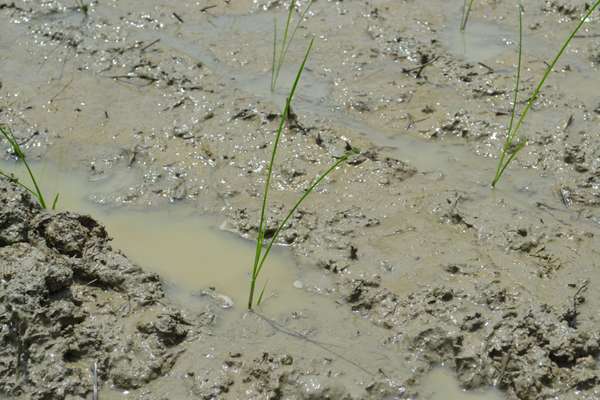ECHOcommunity Actualizaciones
Preview ECHO Conference Session Topics 2022-09-06
The Vetiver System:
A toolkit in support of community-led climate change adaptation.
As the globe adjusts to changing climate conditions, communities must be empowered with practical, affordable, and effective tools, as well as with the knowledge and capacity to apply and manage them. The Vetiver System offers a multipurpose toolkit of over thirty different eco-engineering applications. Jim Smyle of Vetiver Network International will share the vision of The Vetiver System and how it's changing livelihoods in the global South.
VITA resources revived on ECHOcommunity 2022-08-30
Originally published by Volunteers in Technical Assistance between 1959 and 2005, ECHOcommunity has recently rereleased 137 documents in 6 languages for the benefit of community development globally. Volunteers in Technical Assistance (VITA) started in 1959 and aligned with ECHO’s beliefs that sharing knowledge is key to lasting community development. Through the years, VITA published a wide range of practical guides and how-to’s, from a few pages to complete manuals of 200 pages and more, featuring clear instructions and easy-to-follow plans and illustrations. These useful guides cover topics such as agriculture and animal husbandry, building and construction, business, industry and crafts, communication and transportation, energy, food processing, health and nutrition, stoves, ovens and kilns, water supply, natural resources, and conservation. As businesses or organizations change over time, sometimes organizations serving in the international development space have merged with other groups or changed objectives, resulting in the loss of access to books and research that still have value today. At ECHO, we revive access to resources that might have value within the ECHOcommunity network. Research revealed that VITA had been merged with other organizations over time and that many of the historical resources were no longer readily accessible online. ICT Specialist Steve Snyder reached out to the organization and received a positive response to the idea of ECHO hosting a repository of historical VITA documents for the benefit of community development globally. In this case, an impressive collection of 137 VITA documents in 6 languages (English, French, German, Italian, Portuguese, and Spanish) have been republished. This list includes titles like:
- Understanding Evaporative Cooling,
- Candle Making,
- Understanding Pedal Power,
- Solar Water Heaters,
- Raising Chickens and Ducks, and
- Understanding Agroforestry.
View the list of VITA Resources
Composting Coffee Chaff (Silverskin) 2022-08-23
Coffee silverskin is high in nutrients, but contains recalcitrant and phytotoxic compounds, limiting its use as a mulch or soil amendment. Fortunately, composting can reduce or eliminate these problems. Composting has been shown to degrade the phytogenic compounds in coffee silverskin, providing a route for safely returning coffee silverskin nutrients to the soil. Picca et al. (2022) have shown that composting with garden prunings, and biochar eliminated phytotoxicity while making nitrogen readily available. Gonzalez-Moreno et al. (2020) demonstrated a similar outcome with vermicomposting. However, they noted that coffee silverskin can be toxic to worms in high concentrations.
Meet two keynote speakers for ECHO's 29th annual International Agricultural Conference 2022-08-09
Joyce Njoro
Joyce Njoro serves on the Nutrition and Social Inclusion team at the International Fund for Agricultural Development (IFAD). She leads the organization in agriculture-nutrition linkages and rural development investments, targeting smallholder farming families. Joyce has extensive experience in government policy and the intersection of education, agriculture, and healthcare.
Jack Shoemaker
Dr. Jack Shoemaker grew up in Bolivia alongside indigenous people groups as his parents were Bible translators. He has worked with Amazonian peoples and Sudanese families through community development and teacher training. Jack uses his experience and passion for Linguistics and Anthropology to teach at Dallas International University focusing on balancing cultural systems with Biblical exegesis.
Bioliquid Fertilizer Update 2022-08-02
Bioliquid fertilizer (BLF; also known as organic liquid fertilizer) has become popular with ECHO’s network and smallholder farmers around the world. ECHO West Africa introduces and instructs on how to prepare this amendment in ECHO West Africa Note 1 (Sié Kansié, 2017). In March 2022, we made BLF as outlined by Sié Kansié, 2017 with the utilization of pigeon manure and the new growth (leaves and stems) of Mexican sunflower (Tithonia diversifolia). See some of our preliminary results and share your experience with bioliquid fertilizer on ECHO Conversations today! A more in-depth analysis of this natural fertilizer will be shared in October's issue of ECHO Development Notes.
Join the Conversation: Root contributions to soil health 2022-07-26
An ongoing ECHO Conversation has been happening around the contributions of plant roots to soil organic matter, soil life, and overall health of the soil. Questions discussed include when root benefits are observed in the soil, how much biomass can be contributed by annuals vs. perennials, and how management practices might influence root biomass contributions to soil health. Do you have experience to share? Questions needing answered?
Announcing ECHO's New President/CEO: Abram Bicksler 2022-07-19
Bicksler has more than 15 years of international experience, including five years of experience as Director of ECHO’s Asia Regional Impact Center from 2013-2018. Most recently, Bicksler has served as Agricultural Officer in agroecology at the Food and Agriculture Organization of the United Nations (FAO) in Rome, Italy. While at FAO, Bicksler guided agroecology and sustainable food systems initiatives in multiple regions of the world. David Erickson, who has served as President/CEO for the last seven of his 12 years at ECHO, will continue leading through August, 2022. Dr. Abram Bicksler will be joining ECHO in early September.
Bicksler earned his Doctorate and Master’s degrees from the University of Illinois Urbana-Champaign in Natural Resources and Environmental Sciences with a focus on sustainable cropping systems and completed his Bachelor’s degree at Taylor University in Environmental Science and Biology. As a leader and researcher, Dr. Bicksler has been published in a number of journals including: Experimental Agriculture; Agronomy for Sustainable Development; Frontiers in Sustainable Food Systems; the Journal of International Agricultural and Extension Education; Ecosystems and People; the International Journal of Development Research; and, the Journal of Agriculture, Food Systems, and Community Development, in addition to contributing to a number of FAO publications.
At this year's ECHO International Agriculture Conference, Bicksler will be a featured speaker.
From ECHO's Interns 2022-07-05
Beginning in early June, ECHO Florida interns have been studying agronomic crops. Shealyn Otto and Sammie Brittain are two interns who’ve been applying their knowledge on the farm, learning about rice. Using the 'Diamond' variety of rice, along with the System of Rice Intensification (SRI) method, these interns are experiencing hands-on learning.
The planting process has taken two weeks, while harvest won’t be until late October-early November. To begin the SRI method, the interns soak the seeds for 24 hours, then plant them into a seedling bed and water them three times a day. The growth process of the seedlings ranges from eight to fifteen days before they are ready to be transplanted. While this process takes place, the pigs of ECHO’s farm eat away at the weeds of the rice paddy. The interns then extract what is left to prepare the paddy for planting. This June, the interns planted around 60 grams of rice.
“It’s been interesting because the research makes it feel like everything has to be measured and perfect, when in reality the process is a lot more flexible,” Shealyn Otto.
“This process has given me a greater appreciation of that cup of rice I have for dinner, knowing how much work went into it,” Sammie Brittain said.
The interns will present their findings to their instructors Stacy Swartz, Andy Cotarelo, and fellow interns in September. The interns notice the benefits of using the SRI method of planting versus the traditional method, as they see the potential of higher yield for farmers globally. SRI requires less seed, pesticides, and herbicides and only needs to be flooded once a week. Experimenting with SRI allows interns at ECHO to discover methods that can benefit farmers globally.
“We have the opportunity to do experiments at ECHO that other farmers may be unable to because growing rice is their livelihood,'' Sammie Brittain said. “We can then send the research from our experiments to those same farmers.”
To learn more about the SRI method and its potential benefits, here is a link with more information. SRI, the System of Rice Intensification: Less Can be More
EDN Número 156 Disponible Ahora 2022-07-01
Temas de Relieve:
- Prolongar la vida post-cosecha de la fruta fresca: cosechar con calidad
- Sistema de compostaje de pollinaza
- Ecos de nuestra red: Uso de microcontroladore
- Del Banco de Semillas de ECHO: Allium cepa ‘Awahia’: Una opción de cebolla de día corto
-
Libros, sitios web y otros recursos: Precio con descuento para “Restoring the Soil” – Segunda edición por Roland Bunch
Prolongar la vida post-cosecha de la fruta fresca
Cosechar con calidad
Tim Motis
Excerpto:
Las magulladuras por compresión son causadas por el peso excesivo de otras frutas u objetos contra la superficie de las frutas (Hussein et al., 2020). El sobrellenado de cestas grandes, cajas u otros envases comprime la fruta hacia la parte inferior debido al peso y la presión constantes de las capas superiores. Las opciones para aliviar esto incluyen no llenar las cajas hasta arriba y el uso de envases más pequeños. Vacíe las bolsas de cosecha con frecuencia para evitar que la fruta en el fondo sea dañada por el peso de la fruta encima.
Use recipientes limpios y bien ventilados con lados lisos; ejemplos incluyen cubos y cajas de plástico apilables (Kitinoja y Kader, 2015). A fin de mantener los productos limpios y libres de enfermedades u otros contaminantes, no coloque los envases, cajas, recipientes en el suelo desnudo en el campo ni los use para almacenar artículos como alimentos o combustible. No deje caer las cajas con los productos frescos mientras se mueve por el campo o los carga en vehículos de transporte. Si utiliza cajas apilables, deje de 2 a 4 cm de espacio en la parte superior de cada caja para evitar que la misma comprima la fruta en una caja más abajo.
ECHO East Africa Pastoralist Symposium Videos are Available Now 2022-06-28
The ECHO East Africa Pastoralist Symposium was held online in March, 2022 with about 300 registered attendees. Recordings of the presentations are available now in ECHOcommunity by going to the link http://edn.link/2022eapastoralist .
